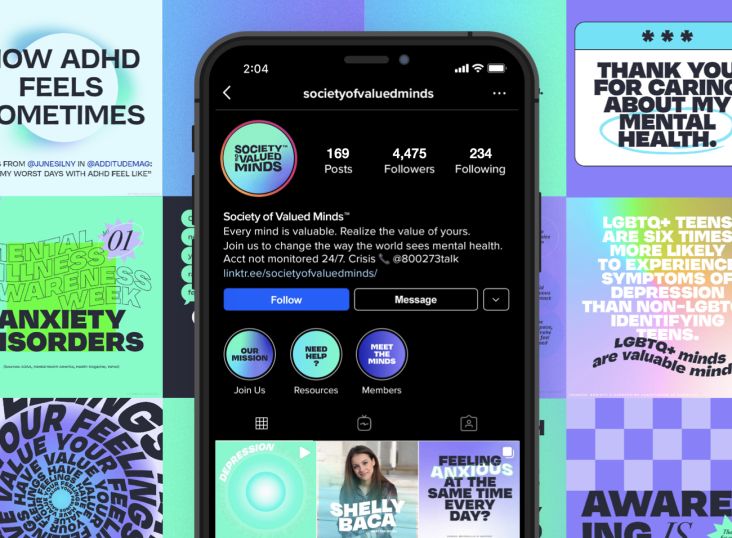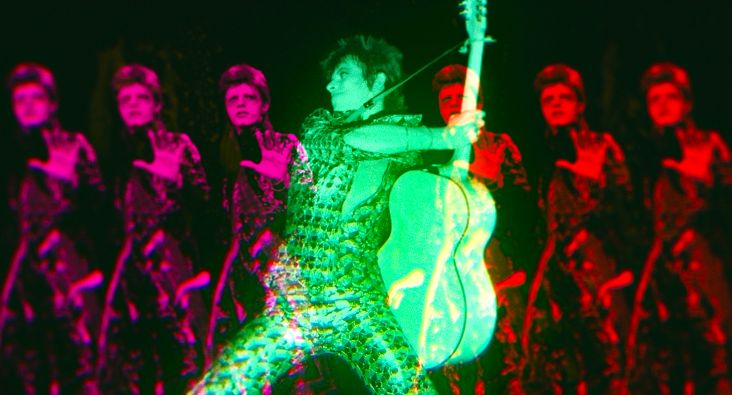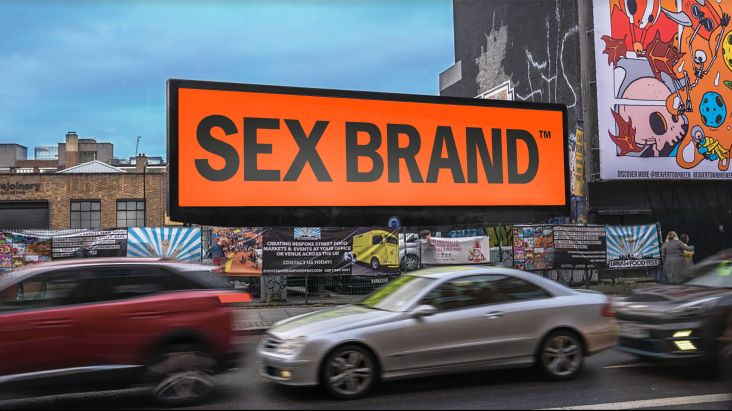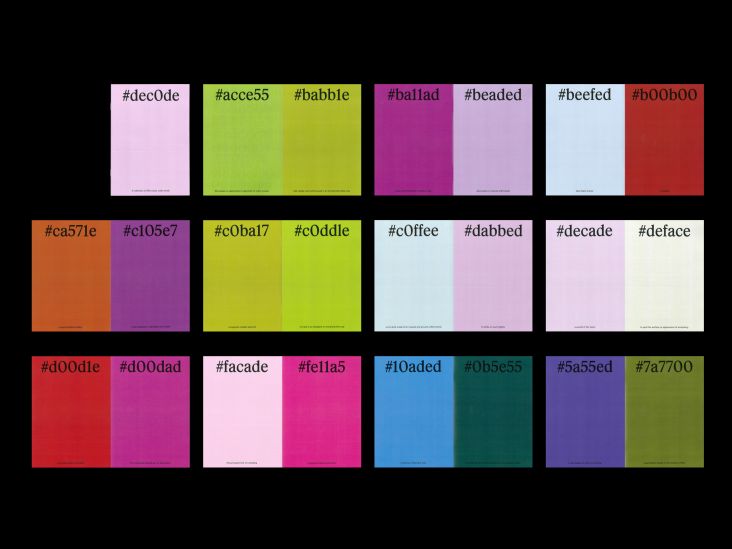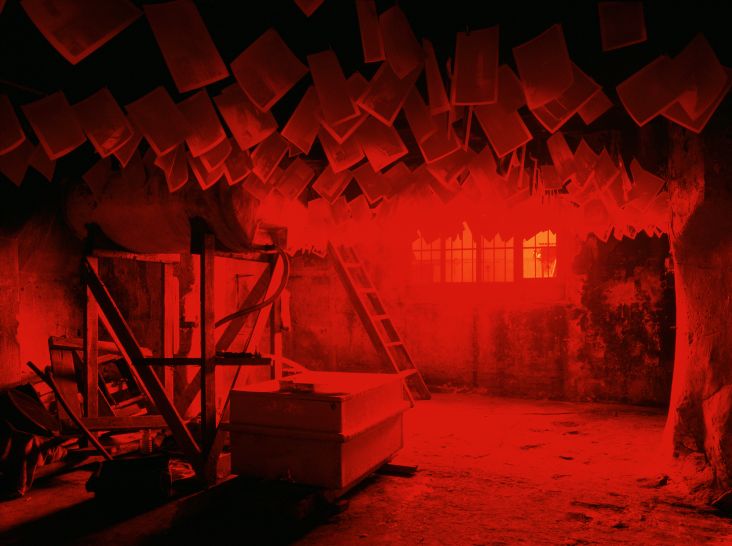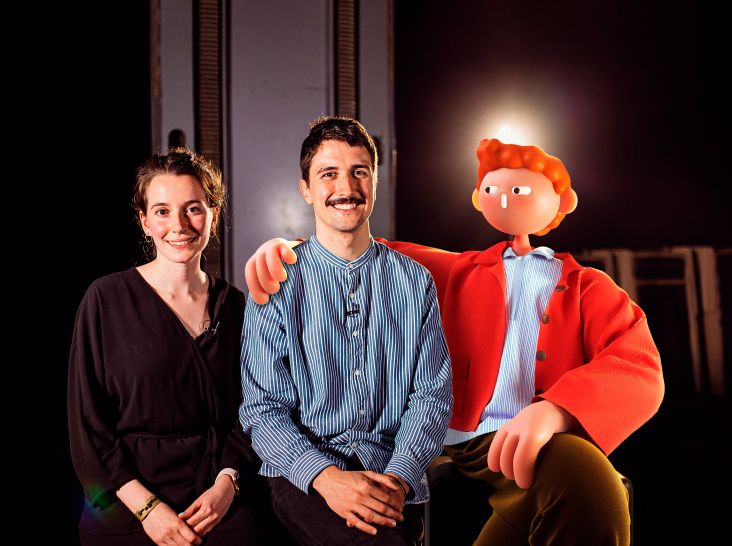Super Bowl LVII: Did brands play it safe to win big?
Super Bowl LVII aired this weekend, and so did nearly 80 advertisements from brands ranging from Hellman's Mayonnaise to Netflix to Bud Light, all custom created to draw eyeballs during the big game. Creative Boom spoke to four advertising experts about the top trends that dominated this year's ads and how the biggest hits suggest brands have opted to play it safe this year.
's ad for the Super Bowl 2023](https://www.creativeboom.com/upload/articles/ab/ab29e3ffef115ddd4d5c6d0d4e59c3e9deb2c5f9_1280.jpg)
Melissa McCarthy in Booking.com's ad for the Super Bowl 2023
The general consensus was that unlike last year's game, which saw a wave of high-tech crypto-themed ads, most of this year's ads were more rooted in finding relatable, human connection, often through nostalgia and humour – a safe bet for building brand equity during an economic downturn.
But while brands mostly opted to play it safe, there were also some notable firsts: Astella produced the first menopause-related ad to air during Super Bowl airtime, while a campaign for Christianity – another first Super Bowl ad of its kind has been divisive.
Without a doubt, this year's ads, like every year before, offer plenty for advertisers and brands to learn as they go back to the drawing board for Super Bowl LVIII. Here's what stood out to our experts and what brands can learn from this year's Super Bowl ad trends.
Celebrity cameos made compelling comfort-watching
Overwhelmingly, brands looked to celebrities to help drive their mission home, perhaps more than any other year. Nate Spees, CEO of San Diego-based creative agency Grizzly, observed that "features and cameos from notable celebrity names are not uncommon during the Super Bowl, but the level of presence from big names this year is strikingly different from past years". But Spees says seeing so many celebrity endorsements doesn't surprise him. "It's an easy product validation strategy," he told Creative Boom.
Celebrity endorsements were so ubiquitous this year that according to the analysis by marketing research firm System1, only three of this year's Top 10 ads – Amazon, Jeep and The Farmer's Dog – did without celebrities or star characters, and all of those filled that space with animals. Jon Evans, chief customer officer at System1, told Creative Boom: "A celebrity has become what a cute puppy or baby used to be – a safe bet. Celebrities can be used well, particularly when they exaggerate or refer to what they're already known for, like John Travolta in the T-Mobile spot."
But a safe bet doesn't equal an automatic win, according to Evans. He told Creative Boom: "With so many celebrities joining big game ads, it's crucial that brands leverage them in the right way. Simply casting a celebrity doesn't make a winning ad. Famous figures shouldn't be easily replaceable. Rather, they should be the best choice for the storyline. They must also be given the freedom to portray larger-than-life versions of themselves."
Grizzly's Spees' favourite ad from the evening, a Booking.com spot featuring Melissa McCarthy, does exactly that. Spees told Creative Boom: "It's a solid celebrity endorsement that reinforces the brand's mission to make vacation booking enjoyable and easy, no matter where holidaymakers want to go. The spot is light and comedic but also aligned with what Booking.com is selling, which is product reliability and fun."
The Bud Light ad featuring Miles and Keliegh Teller has been another broadly well-received celebrity-focused ad. "It nails feel good, a slice of life, and chemistry without trying too hard. We've all been on those never-ending calls with the customer service line, making it all the more relatable," said Julie Hill, Executive Producer and Head of Production at Sibling Rivalry Films.
Favourite films returned to the screen – for better and for worse
With ads from T-Mobile, Michelob ULTRA, PopCorners and Rakuten riffing on classic movies and beloved series, Super Bowl viewers might be forgiven for thinking they showed up to the cinema rather than a football game.
System1's Jon Evans explained the appeal of a comfort watch-inspired ad: "Cultural references are a proven way boosting of emotional response, and thereby creative effectiveness, and as long as there's a clear tie-in to the brand it's hard to go wrong with them. We've seen plenty of these in the past, and we'd expect more in future."
But just because you can incorporate cinematic success into an ad doesn't mean you should. While Lauren Coates, Creative Director at TBWA\London, loved Rakuten's Clueless-inspired ad, she is begging advertisers to "Leave Grease alone." Coates told Creative Boom: "I think brands walk a fine line with this type of colossal advertising; either they do it right or ruin a memory and classic shows and movies for people."
Coates advised advertisers to think carefully about how the ad is actually functioning for the brand in the long term. She said, "It's all about ensuring the right talent can tell the right story for a brand. There will always be an element of doing a big ad for ad's sake, which I think comes from the Super Bowl territory, but brand messaging has to be the primary focus. The world is serious enough right now, and the ads that make you laugh will hit home more than the ones that tug on your heartstrings."
Advertisers are still working out how to work with memes
While glossy film references and A-list celebrities dominated this year's ads, brands struggled to translate internet culture into meaningful ads.
Grizzly's Nate Spees was particularly disappointed by Popeyes' attempt to translate a meme into impactful creative. He told Creative Boom: "The adaptation of the Popeye's meme kid to the big screen will be lost on many people and alienate audiences who haven't been a part of its internet success and cultural journey."
Meanwhile, TikTok's cultural relevancy was felt but not necessarily seen. The social app didn't advertise at the Super Bowl, but the fingerprints of TikTok and its memes and challenges were visible in other ads. Bud Light's on-hold music dancing felt like a TikTok challenge, and Kia's "Binky Dad" looked at how quickly an ordinary person can become an internet celebrity.
System1's Jon Evans told Creative Boom: "As the Super Bowl demographic keeps changing (only 17% of Gen Z was expected to watch the Super Bowl this year versus 60% of Millennials), we'd expect to see more TikTok influence creep into ads as a means of drawing new audiences."
He added: "Despite the cost of Super Bowl advertising suggesting more brands may have pivoted towards activations on TikTok using more niche influencers rather than widely recognised celebrities, State Farm was the only major advertiser who switched from traditional TV advertising to the social media platform. Ultimately, with the big game securing an audience of more than 100m viewers, television remains the best platform to reach the widest audience during and beyond the event."
Ads about ads are still a thing
One trend that just won't die is meta-advertising. System1's Jon Evans described it like this: "ads which are self-referential about being a Super Bowl ad. It's easier to pull this off now that there's a whole ecosystem of commentary and gossip around the big game."
For Evans, the only successful meta-advertising this year came in the form of M&M's "Spokescandies" controversy, a PR stunt that he says "really worked".
TBWA\London's Lauren Coates preferred a meta-advertisement by Molson Coors. "It had fans guessing which drink they would be advertising from its teaser before pulling the rug at the end. I haven't seen anything like it before, it's refreshingly different, and they all come out equal, not favouring one over the other. It shows if the story is engaging enough, you don't need celebrities, and it's actually a really cool spot.
Co-branding is on the rise
"As Super Bowl costs keep rising (ads this year cost $7m a slot – or $233k a second), we're seeing more brands splitting the cost with co-branded ads," said System1's Jon Evans.
Perhaps the most creative example of co-branding this year came from Netflix and General Motors, which saw Will Ferrell take a road trip through Netflix properties.
But Evans said the ad didn't score well, illustrating the peril of this approach – "it can just muddy your message and reduce brand recognition," Evans told Creative Boom.
The return of the 5-Star ad
"We've seen the number of 5-Star ads (or those that deliver exceptional long-term brand building potential) drop - from plenty ten years ago, to three in 2020, one in 2021 and none in 2022," System1's Jon Evans told Creative Boom. However, Evans said that year saw the return of a 5-Star ad, with Disney's 100th-anniversary celebration crammed with famous faces and big moments – not surprising given the emphasis on nostalgia and comfort this year.
Evans explained: "The ads that score well (in the 3- to the 5-Star range) are those that drive an emotional response in viewers. Adverts that make people happy – rather than negative emotions, such as sadness or fear – are on the right track and will have the greatest ROI. Why? Because it is these adverts that will build long-term brand awareness, a greater market share, and, therefore, greater commercial impact. This is opposed to an ad that offers a short-term spike - it may lead to an immediate sales boost but won't deliver lasting brand-building effects."
System1's research shows that if a brand gets the long-term brand awareness in their advert right, the short-term sales spike is also likely to happen. "It's a bit like a buy-one-get-one-free," said Evans. "But with the Super Bowl being such an expensive investment, it's vital that brands test their creative to predict its impact and adjust accordingly to maximise their ROI. After all, there are only about 15 to 60 seconds to make a mark – and the ones that hit emotional highs – such as Disney – come away as brand-building winners."

 for Creative Boom](https://www.creativeboom.com/upload/articles/06/063686a9a3b095b9b1f0e95df917ed4bd342be1b_732.jpg)







](https://www.creativeboom.com/upload/articles/1b/1bafd6401df7c7b55c0632369cb360a7832e3014_732.jpg)






